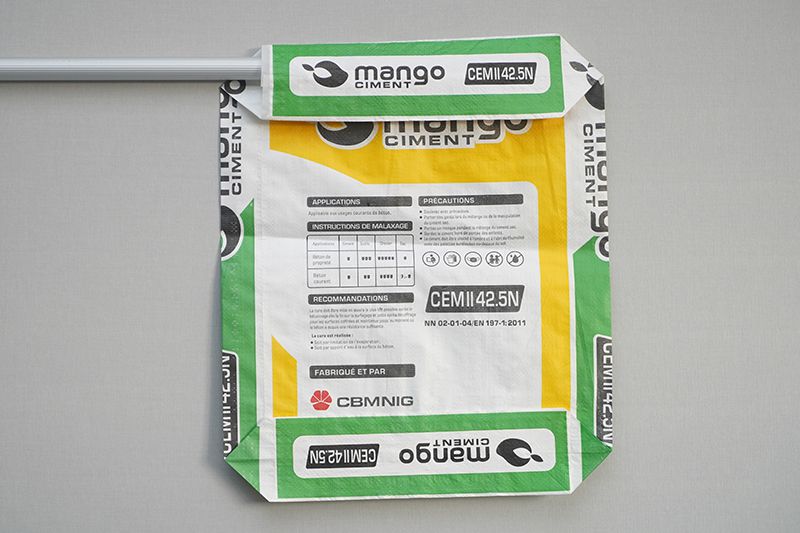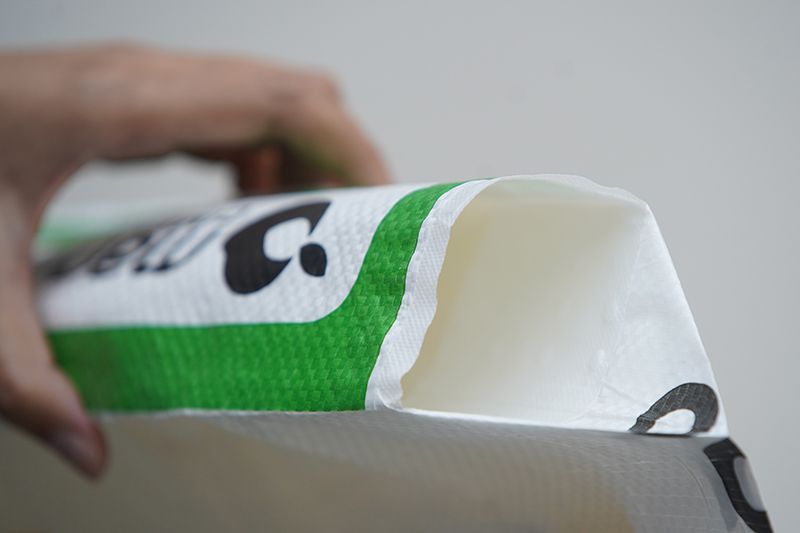
Valve bag, or pasted valve bag, is a common bag with a bottom or top valve attached to filling equipment to contain materials. The valve sack has advantages of increasing packaging and transport efficiency, high solidness and low damage rate. Its materials range from PP, PE, paper-plastic composite, single- or multiple-ply kraft paper. And its mouth can be on the top, bottom and both end.
Valve sacks are usually used to package powder or particle solid materials and soft contents like chemical powders, fertilizers, food, salt and minerals. The bags are especially suitable for export companies to lifting product packaging quality.

PP valve bags are made from polypropylene and have top and bottom valves to further improve filling efficiency.
Features
- Replacing glue sealing with heat sealing to reduce cost and impact on the environment and increase durability;
- Odorless, poison-free, dye-resistant, recyclable and eco-friendly;
- Breathable, moisture- and dust-proof and antistatic;
- Resilient, anticorrosive, strong and light;
- Ensuring high filling efficiency and automatic filling and preventing material leaking;
- Sporting beautiful and clear printed pattern and words.
PE valve bags are made from polyethylene. Apart from all the features PP bags have, the PE-type bags also feature better printing effects and high recycling value. And skid-proof patterns can be added onto the PE bag surface to increase friction and stacking height.
Paper-plastic composite valve bags are a type of packaging bag that is made by combining paper and plastic materials through a lamination process of tape casting. The bags have two types. One is two-ply of paper and plastic and the other is three-ply of plastic, film and paper.
Kraft-paper valve bags are made of Chinese or imported kraft paper. The kraft-paper bag is suitable to contain plastic materials, cement, chemical products and so on. The valve bag features quality sealing, dust-resistance and little damage and loss.
